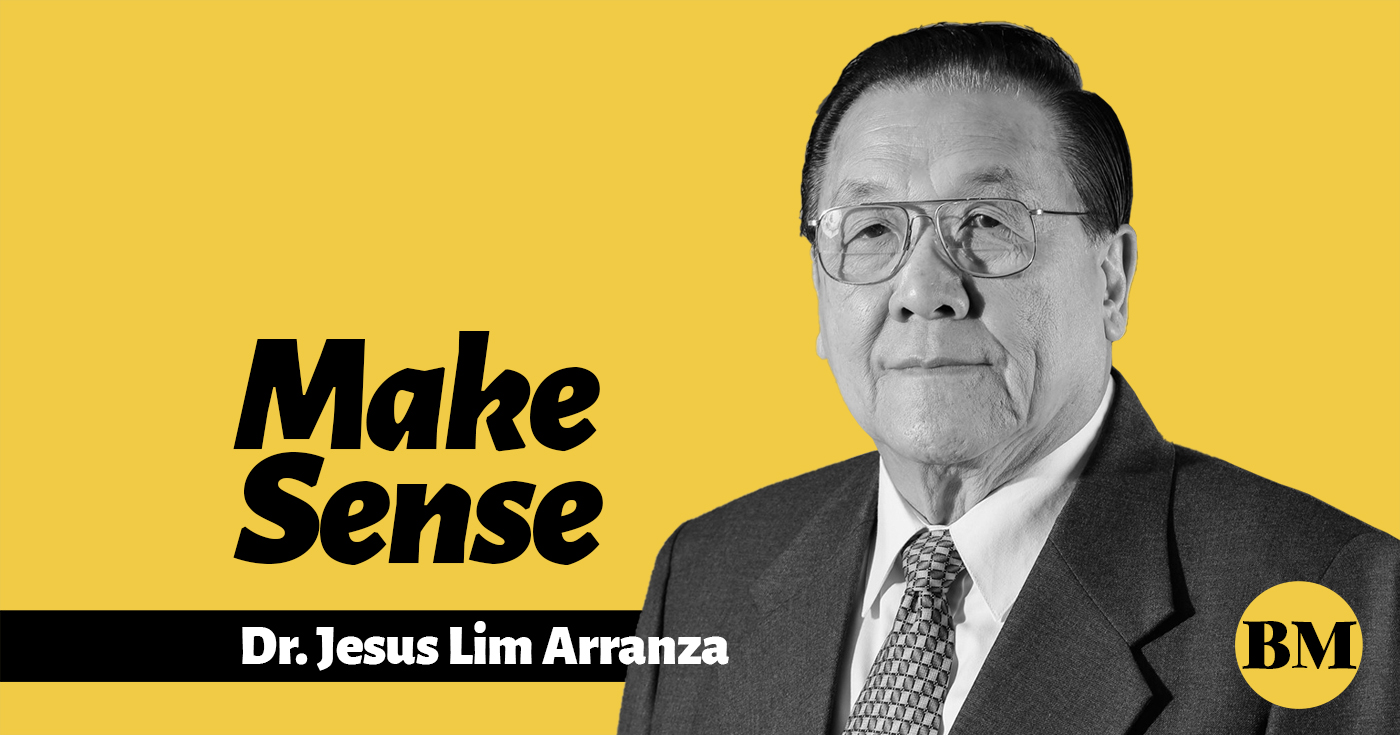
In some jurisdictions, the supervisor and the regulator are two different entities. In the Philippines, it is the same. For the purpose of this treatise, we shall use the single term “regulator” in referring to the Philippine Insurance Commission.
To be an effective regulator, the regulator must have legitimacy and credibility. These, in turn, would lend confidence in the decisions it makes and confidence, as well, in the financial system and institutions. But a prerequisite to this legitimacy is the integrity and transparency of the regulator.
This brings us to the issue of independence of the insurance regulator. Four elements have been identified as indispensable for a regulator: independence, accountability, transparency and integrity. According to Lindren et al., political interference in the regulatory and supervisory process during the East Asian crisis of 1997-1998 “postponed recognition of the severity of the crisis, delayed action and deepened the crisis.” According to Ruth de Krivoy, political interference also caused problems during the banking crisis of 1994 in Venezuela.
Independence has two dimensions: a) independence from political interference; and b) freedom from regulatory capture. Regulatory capture “occurs when industry interests are identified as public interest, as bureaucracies tend to respond to the wishes of the best organized interest groups rather than to political directives or public interest.” Nonetheless, this independence must be accompanied with accountability, to prevent abuse of power, and the provisions for highly qualified and well-paid regulators. To be more specific, Quintyn and Taylor identified four pillars for regulatory independence: a) regulatory independence where there is a high degree of autonomy in setting prudential regulations; b) supervisory independence which is legal protection of supervisors when executing their job and rules-based system of sanctions and interventions; c) institutional independence where the status of the agency is separate from the Executive and Legislative branches of the government; and d) budgetary independence where the size of the budget and its use can be decided by the agency.
In a study by the Organisation for Economic Co-operation and Development, 38 out of 50 regulators asked signified that they are independent. Budgetary independence is also recognized in most of the regulators surveyed. A significant number of regulators sourced their budget from fees collected from the insurance sector. This is the case in the Philippines, where a portion of the premium tax collected by the government are plowed to a fund for use by the Insurance Commission. This is, likewise, the rationale why the Insurance Commission has been exempted from the Salary Standardization Law.
In terms of transparency, it has been made a policy by the commission to consult stakeholders in the drafting of circular letters, or regulations.
****
Dennis B. Funa is the current insurance commissioner. Funa was appointed by President Duterte as the new insurance commissioner in December 2016. E-mail: dennisfuna@yahoo.com.

























